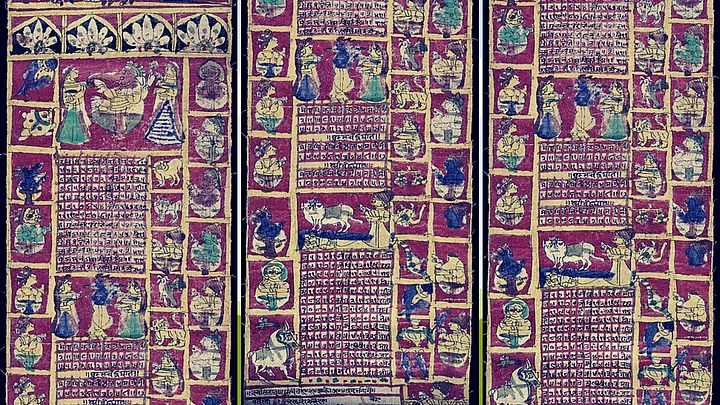(This story was first published on 22 March 2019 and is being republished from The Quint’s archives on the occasion of New Year’s day, as per the Indian National Calendar.)
It’s New Year today (22 March), according to the Indian National Calendar, or the Saka Calendar, as it’s commonly known. The year 2019, according to the Saka Calendar, is 1941.
The Shalivahana Saka calendar was adopted as the National Calendar by the calendar reform committee in 1957, after recommendation by a committee headed by eminent scientist Meghnad Saha, according to Cultural India.
The Saka calendar was formed in 79 AD and is based on the crowning of King Shalivaahan in 78 AD, according to a lecturer Ravikumar Kulkarni.
The calendar is used alongside the traditional Gregorian Calendar, by The Gazette of India, and in calendars and communications issued by the government of India. It’s also mentioned by the All India Radio in its daily morning broadcast.
This calendar is mostly used in south Indian states like Goa and Maharashtra and in countries like Indonesia and Nepal as well.
The Saka calendar is based on a luni solar reckoning of time and has, like the Gregorian calendar, 12 months and 30-31 days each month. The months in this calendar follow the tropical Zodiac signs rather than the sidereal signs normally used with the Hindu calendar.
Saka Days and Months
Following are the 12 months:
- Chhaitra (March 21 – April 20)
- Vaishakha (April 21-May 21)
- Jyeshtha (May 22-June 21)
- Ashadha (June 22- July 22)
- Shravana (July 23-August 22)
- Bhaadra (August 22-September 22)
- Ashwin (September 23-October 22)
- Kartika (October 23-November 21)
- Agrahayana (November 22-December 21)
- Pausha (December 22-January 20)
- Magha (January 21- February 19) and
- Phalguna (February 20-March 20/21)
Following are the days:
According to the Saka calendar, 22 March marks the new year, with the onset of the month of Chaitra, which usually has 30 days, except for a leap year, when it’s 31 days and begins on 21 March. The first six months of the Saka calendar usually have 31 days, done by taking into account the ellipticity of earth’s orbit around the sun. The rest six months last for 30 days each, according to Cultural India.
According to a portal called Hindu Blog, a different kind of Saka Calendar is followed in Maharashtra, Andhra Pradesh, Telangana and Karnataka and in that calendar, 1941 begins on 6 April 2019.
Although the Saka Calendar is the national calendar of the nation, the government of India follows the Gregorian calendar.
(With inputs from Cultural India, The Hindu Blog, Wikipedia and Quora.)
(At The Quint, we question everything. Play an active role in shaping our journalism by becoming a member today.)
